Story & Photos: Bhargav TS
The Germany-based SEG Automotive, manufacturer of starter motors, electrification components and generators, is working on several new products for improving fuel economy and in turn reducing CO2 emissions. Recently, the company launched a whitepaper which discusses vehicle pollution that has been impacting countries, including India, and offers solutions to address the problem effectively. The paper also discusses engine efficiency strategy for India that focuses on mild hybrid technology for compact cars and light commercial vehicles.
SEG Automotive was established in 1913 as part of the Bosch group to manufacture generators, regulator switches and headlights. SEG Automotive India, the company’s Indian arm founded in 1989 as Bosch Ltd, was one of the first local companies to produce starter motors and generators in India. In January 2018, SEG Automotive was acquired by Zhengzhou Coal Mining Machinery Group Co (ZMJ). It now operates as an independent company. The company has three manufacturing facilities at Naganathapura and Hassan, in Karnataka, and in Chennai.
According to Anil Kumar M R, Managing Director, SEG Automotive India, “The internal combustion engine (ICE) coupled to highly efficient start/stop motors and advanced mild hybrid drivetrains is the best option to go with and to reduce significant amounts of CO2 emissions during the life cycle of passenger cars and light commercial vehicles in India.”
SEG Automotive India provides solutions for all segments of the automotive industry including three-wheelers, passenger cars, commercial vehicles, off-highway vehicles, stationary engine applications, and across all drive technologies.
The company believes that though there are talks of complete electrification between 2025 and 2040 as a part of the Paris declaration, that will happen only in phases. “The main trend (guiding product development) is the CO2 reduction which is driving our product portfolio and 2025 is a milestone. We see indications to this from some governments and discussions in the regions where the new milestone regarding the CO2 target is set. If you follow the Paris declaration targets, then by 2025 electric vehicles will still have a market share of about 15percent, which means that 85percent of the cars will still have combustion engines. And, hence, we need to do something about that, and increase the efficiency of internal combustion engines,” Juergen Schneider, Vice President Technology and Products, SEG Automotive, said.
The Indian automotive industry will be moving to BS VI norms in 2020. SEG, with its global experience in offering solutions to Euro VI vehicles, has already started its work on BS VI with the Indian manufacturers to make them future-ready. “Being a Tier 1 supplier with a focus on future technologies, we are working for another big challenges coming in by 2022 in the form of CAFE norms. We have already begun the discussion with our customers to reach the fleet average of 113 gm per km. There are several technologies which work in combination including high efficiency of generators, start-stop technology of starters and also the use of mild hybrids. Being a full-line product supplier, customers would get the right choices to select the best suitable one,” Kumar said.
SC60 starter motor
In order to reduce CO2 emissions the company is ready with its new SC60 starter motor. This 2.2kg motor can reduce up to 8% CO2 emission and fuel consumption in compact cars. The motor automatically shuts down the engine when the vehicle is idles, hence reducing fuel consumption and improving the overall fuel economy. This is achieved with the help of sensors at the pedals and the crankshafts. The engine can be instantly reignited by pressing the clutch, avoiding the hassle of going through a conventional ignition method. SC60 start-stop starter motor, with reliability of more than 250,000 starting cycles, is an ideal fit for the small petrol and diesel engines in the Indian market to realise the benefits of the start-stop function. SEG currently manufactures this starter motor locally with high local development and application contribution.
About the company’s new SC60 Start/Stop motor, Kumar said, “We introduced Start/Stop technology first in India in 2008. However, it was mostly fitted in larger cars. The new SC60 motor has been developed focusing the Indian market for smaller combustion engines: it is among the smallest of its kind in the world and can be fitted on to compact cars, yet it provides up to 1.2kW starting power.”
“The reduction of CO2 will drive a change in mix of mobility. We cannot rely totally on EVs for mobility. There will be change towards electrification. But it will be step by step. While electric cars will be used for shorter distances and in some other cases, longer distance could still be covered by internal combustion engines or hybrid vehicles,” Schneider said.
48V Boost Recuperation Machine
SEG is also betting big with its new 48V Boost Recuperation Machine (BRM) for diesel hybrids. This motor, when coupled to an ICE, uses brake force recovery technology to charge a 48V lithium ion battery. It converts the kinetic energy produced by braking to electrical energy, which then is stored in the battery. This stored energy functions as a ‘torque booster’ to reduce the turbo lag from diesel motors and it can even be employed in an additional ‘Coasting’ function for relaxed yet efficient driving. According to the company, the 48V BRM can produce as much as 10kw (13bhp) and 56Nm of torque from 12kw (16bhp) of energy recuperation.
BRM employs the braking force recovery technology (recuperation) familiar from Formula 1 to reduce fuel consumption by up to 15%. In the medium term, 48V will be indispensable for achieving CO2 emission targets – after all, 85% of new vehicles will still be equipped with an internal combustion engine even in 2025. The solution also proves beneficial for consumers – in contrast to EVs and PHEVs, the cost of the unit is recovered through fuel savings.
BRM is a cost-effective and easy-to-implement mild hybrid solution, as it replaces today’s generator at its actual location in the drive belt. In the case of regenerative braking, where the battery gets charged during braking, the BRM uses the charged energy to boost the IC engine when needed. The BRM also enables the coasting feature, where the IC engine/ electric motor is turned-off above a certain speed and the BRM provides enough energy stored in the battery earlier to counter friction forces and wind, to keep the vehicle moving at a constant speed. These solutions help reduce CO2 emissions by up to 15%, Schneider explained.
Replacing ICE is still a big challenge. It remains doubtful whether this is possible beyond a premium segment less inclined to e-mobility. E-mobility is not going faster because many people are not buying EVs. The SEG white paper has identified two main present personal disadvantages: high acquisition cost, and limited charging infrastructure. In addition to these are the risk factors of uncertain resale value, range restrictions and long charging time.
Box:
48V BRM – Facilitaitng Mild Hybridisation
- A 48V hybrid currently and in the near future constitutes the most echient solution for minimising CO2 emissions over the life cycle in markets with a suboptimal energy mix (e.g. China, USA, India, Germany).
- The conventional alternator is replaced by a 48V Boost Recuperation Machine (BRM). It employs the braking force recovery technology (“recuperation”) familiar from Formula 1 to reduce fuel consumption by up to 15%.
- In the medium term, 48V will be indispensable for achieving CO2 emission targets – after all, 85% of new vehicles will still be equipped with an internal combustion engine in 2025.
- Starting torque: 56 Nm
- Recuperation power: up to 12 kW
- Boost power: up to 10kW
- Efficiency: up to 88%
CO2 and fuel saving options
- Enabling for comfortable engine Start/Stop, regenerative braking, torque assistand engine load shift.
- Additional CO2 and fuel saving of about 15% (cp. Start/Stop)
Additional Customer Value
- No electric shock protection needed
- Proven and robust inverter technology
- Electrical machine with high synergies to generatorproduction
- In series with premium OEM



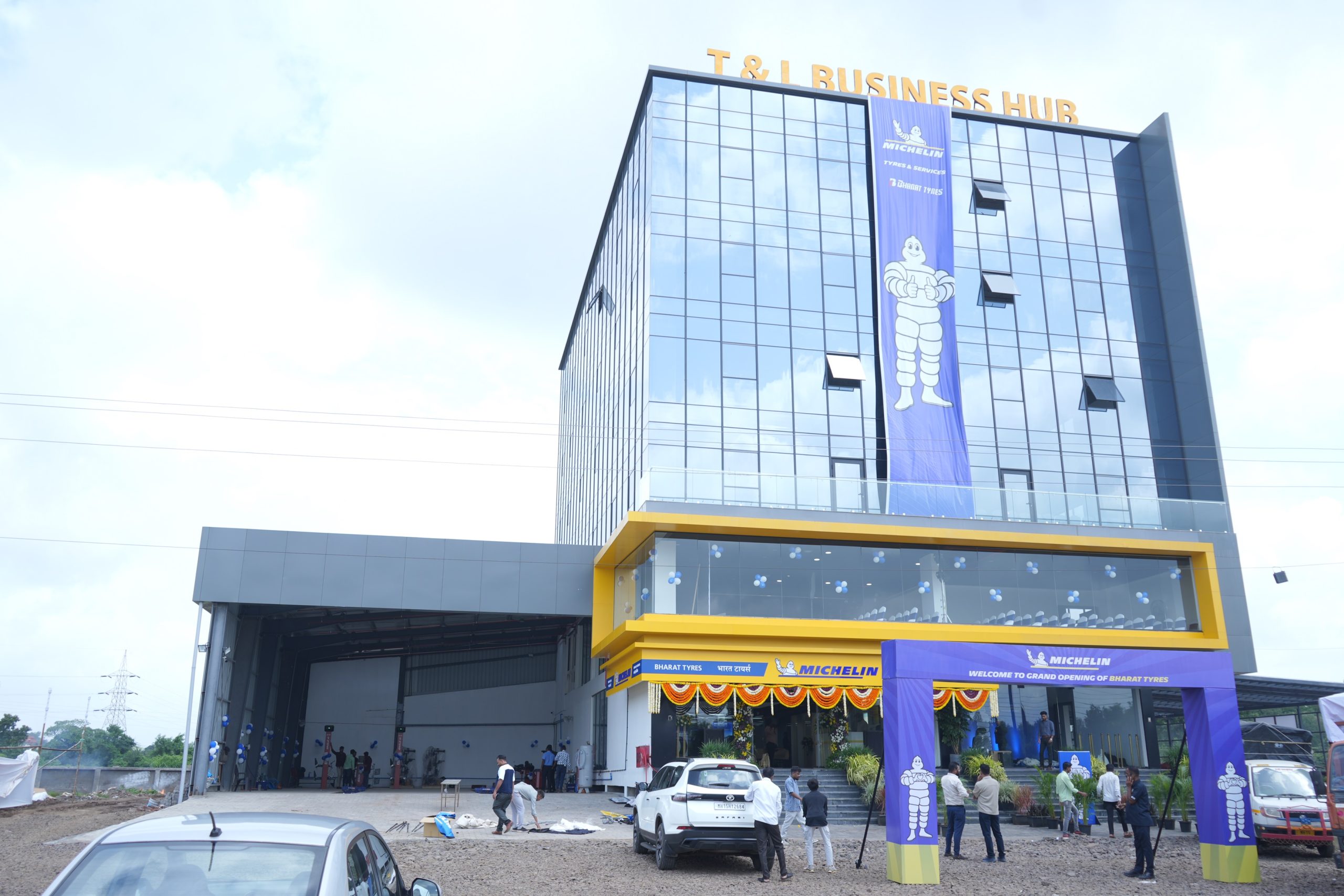

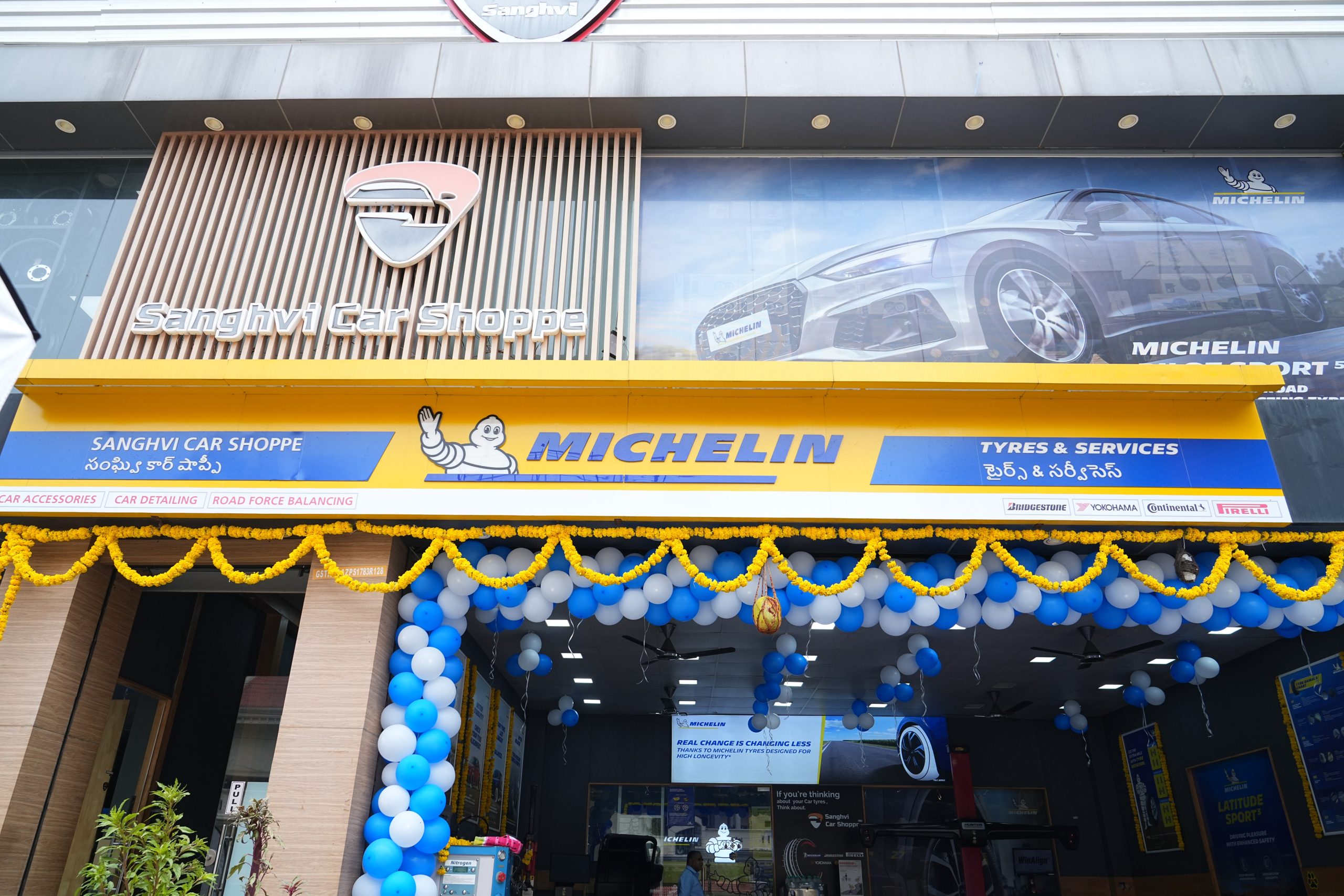
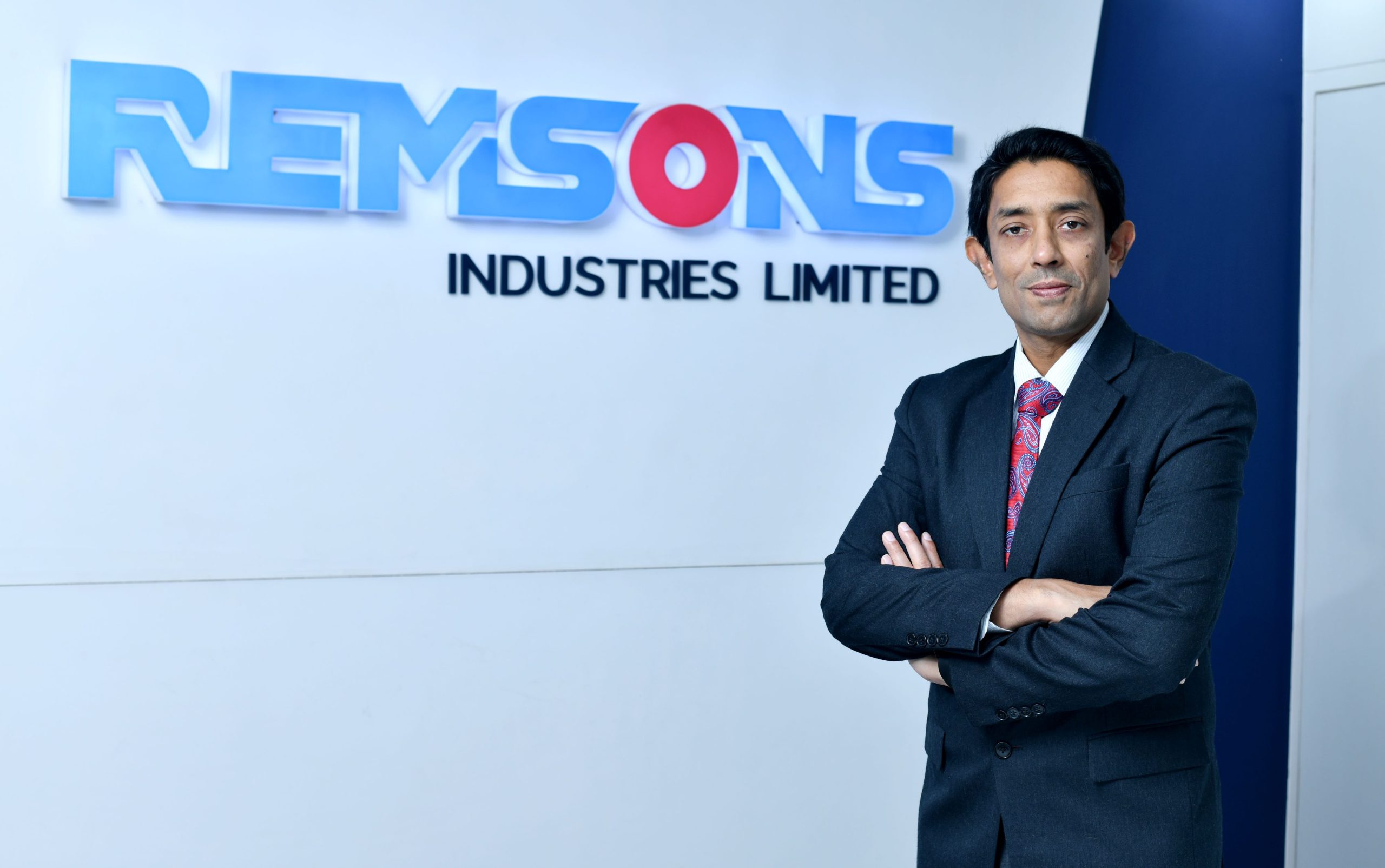
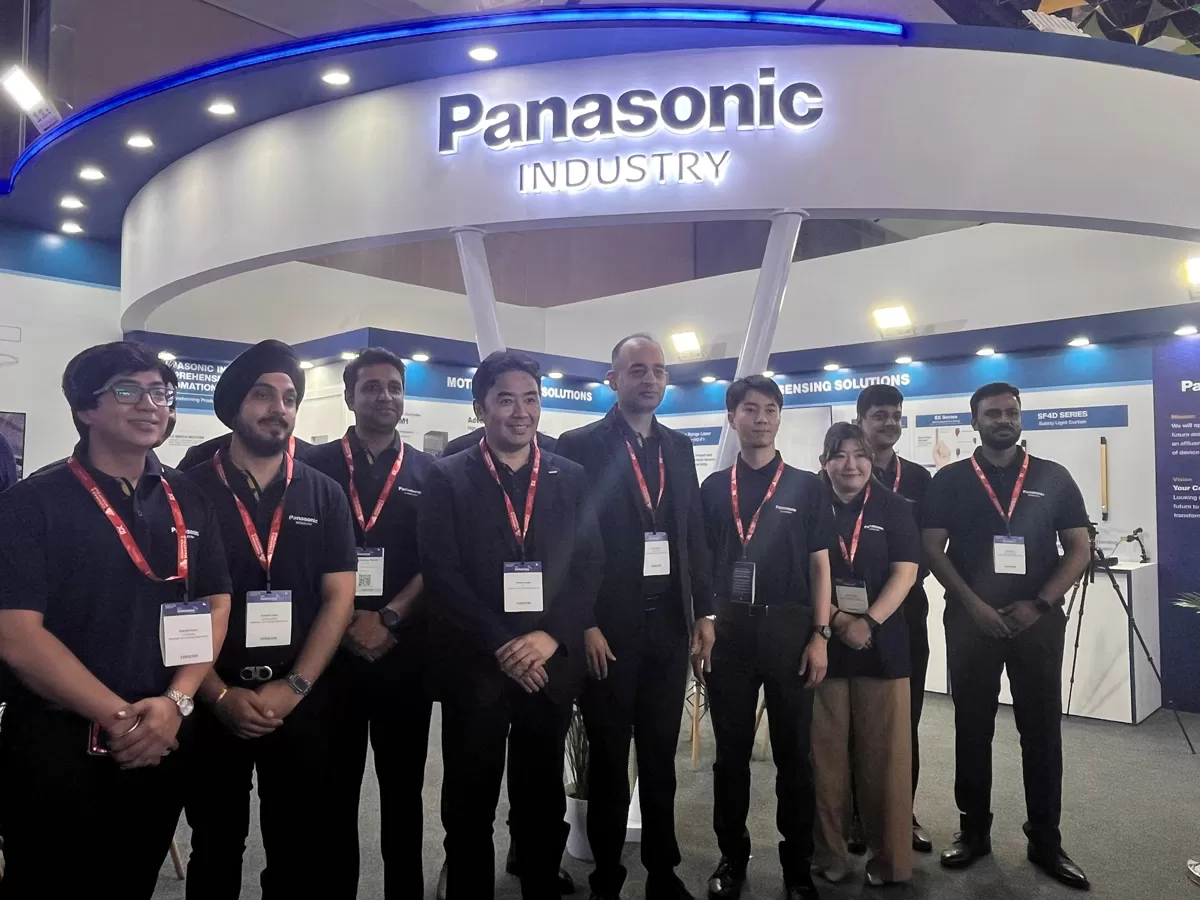


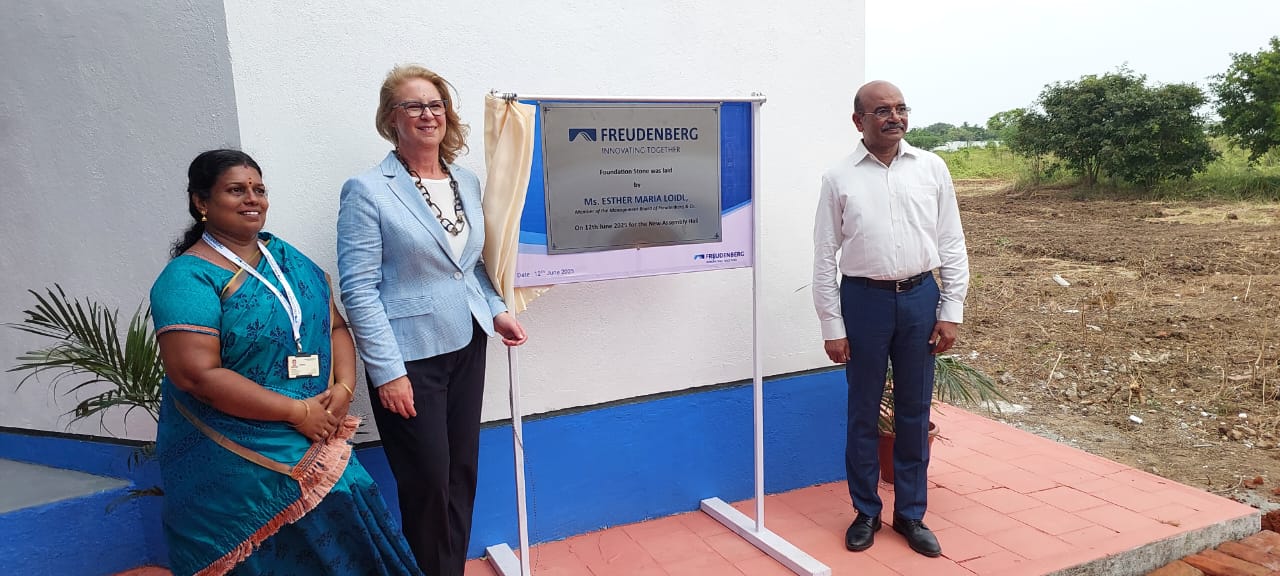
Leave a Reply